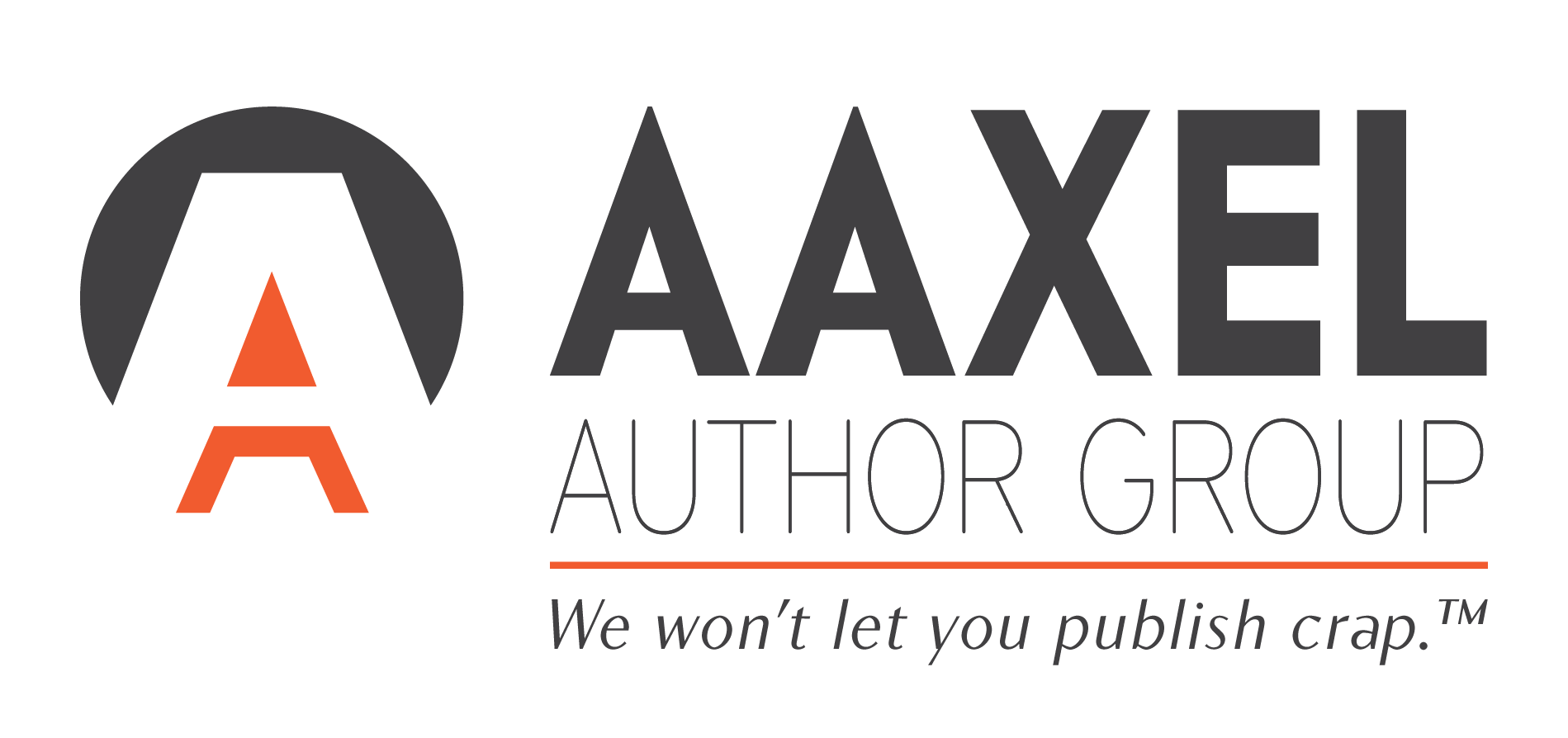The Art of the Opening: How to Intrigue Readers from Page One
There’s nothing worse than reading a story that begins with the dreaded trope of the main character looking into the mirror, weighing down the text from the outset with physical descriptions. Or beginning with a gripping moment when tension is at its peak, only for the author to reveal that it was a dream. Don’t let your story fall into these traps! To avoid these pitfalls, here are a few tips for beginning your tale with a bang.
1. Avoid Overused Opening Clichés
Many stories begin with the main character navigating their first day at a new school, waking up to the sound of their alarm, or feeling their destiny shift as they lock eyes with their love interest for the first time. These cliché beginnings have become dull through repetition. They fail to capture the reader’s interest because they’ve been done hundreds of times. Unless you have a particularly unique perspective that you can bring to these situations, you may want to strive towards more enticing methods of hooking your reader.
2. Create a Compelling First Sentence
How many books have you read that began with uninteresting opening lines, such as, “It was a day like any other.”? Good first sentences serve to make the reader curious. They should set the tone of your story and establish your narrative voice. In crafting compelling openings, your goal as the author is to get the reader wondering. Opening sentences should make an impact that lingers, either by making a bold statement, or igniting the reader’s thirst to know more.
3. Avoid Excessive Characterization
In the first few sentences of your story, it’s important to avoid overwhelming your audience with excessive character descriptions at the outset. While it’s necessary to establish your character’s situation, perspective, and motivations, lengthy info-dumps can cause a reader to lose interest. Instead, allow these details to be revealed over time. By allowing your reader to join the journey alongside the main character, and revealing traits and motivations through dialogue and actions, you can heighten the audience’s intrigue.
4. Establish Tension and Conflict
Most podcasters will ask you to have a semi-professional external microphone rather than relying on the built-in one on your PC. The sound quality from an external microphone is simply better. Same thing with audio—wear a headset to minimize any echoing effect. Finally, make sure all potential disruptions are eliminated: store away your phone and other electronic devices that could make sounds (or ring!). Make sure any other devices that add ambient noise that can be picked up by your microphone (such as an air conditioner) are turned off during your session. We once were part of a podcast and we could clearly hear a dishwasher changing cycles coming from one of the other speakers’ audio feeds.
5. Begin with the Action
It’s important to begin your story close to the conflict rather than dragging out the introduction. This can cause reader enthusiasm to lag as they wait for the action to begin. By beginning near the inciting incident that causes the events of your story to unfold, you can immediately have your readers immersed and anticipating what happens next. Opening your story with action sets a rapid pace, and this momentum can ignite a sense of urgency and curiosity in the reader.
Keep these tips in mind next time you’re thinking of how to begin your story. Avoiding clichés, crafting compelling hooks for the first sentences, revealing character traits gradually instead of info-dumping, and using action to establish tension and conflict will help you capture the attention of your audience, and leave them craving more.
Are you in the process of writing a story and looking for tips on starting out? Check out our articles on determining the basics of your storyline and planning your fiction book.
Do you already have a story written, and you’re looking to take the next steps? Schedule a Discovery Call with us at the Aaxel Author Group and find out how we can help as your Publishing Partner!
